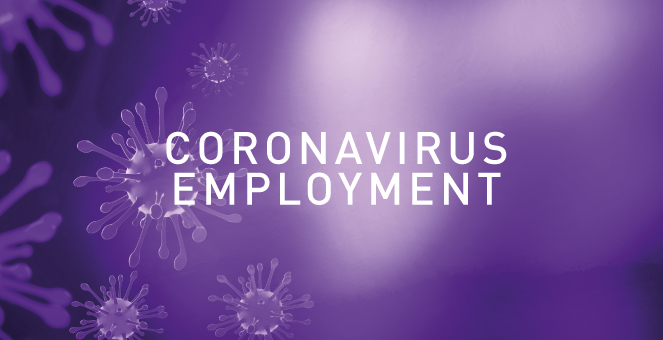The government will issue further guidance on the mechanics of claiming the payment in due course. It says it expects the scheme will be up and runnning by the end of April.
It is recommended to read the full guidance (see link below) and in the meantime, some key highlights that were in the ‘what we don’t yet know’ category are highlighted here:
Eligibility
- the scheme is open to all UK employers that had a PAYE scheme in place on 28 February 2020
- to be eligible, the employee must have been on the payroll on 28 February 2020. If they were hired later, they are not eligible. This would seem to preclude new joiners after 1 March, even if they had been offered and accepted a role prior to that date, unless HMRC accept evidence of this and allow them to be brought onto the pay-roll but it is not at all clear this would be the case.
- Anybody who was on the payroll on 28 Feb and has since been made redundant can be rehired and put on the scheme.
Payments
- employers can reclaim up to 80% of wage costs up to a cap of £2,500 per month (as we knew), plus the associated employer NICs and minimum auto-enrolment pension contributions on that wage. Fees, commissions and bonuses are not included (what we didn’t know), this will make a significant difference in wages for those base salary without commission is relatively low.
- for employees whose pay varies, the employer can claim for the higher of (i) the same month's earning from the previous year (eg earnings from March 2019); or (ii) average monthly earnings in the 2019-20 tax year
- for employees who are on the NMW and furloughed and 80% of normal earnings would take them below the minimum wage (based on normal working hours), still only receive 80% as they are not working.
- employers can only claim once every three weeks (the minimum period of furlough leave), so cannot get weekly reimbursement, meaning employers may also need to agree changes for weekly paid workers regarding pay dates. Claims can be backdated to 1 March 2020 provided employees were not working during that period.
Furlough Leave Period
- furlough leave must be taken in minimum blocks of three weeks to be eligible for funding
- there is nothing in the guidance which prohibits rotating furlough leave amongst employees, provided each employee is off for a period of at least three weeks
- the employee must not be working at all. However, they are able to undertake training and do volunteer work, provided they do not provide services to or make any money for their employer.
- employees on sick pay or self-isolating cannot be furloughed, as already on leave for that reason and would not otherwise be working but can be furloughed afterwards (assuming they would be then be ‘fit to work’). Employees who are shielding can be placed on furlough.
- employees on maternity leave can continue to draw SMP payments. The guidance does not prohibit women on maternity leave agreeing to ‘return to work’ early and then being furloughed, or electing to change to shared parental leave and then being furloughed.
Employment Law will still apply
- when agreeing changes in hours (and acceptance of 80% pay), assuming the contract does not already allow for that, normal employment law applies, so if selecting some employees to furlough and some to continue working, be careful not to discriminate in deciding to who to furlough, though arguably prioritising vulnerable workers in the circumstances would be justifiable.
Read the full guidance here.
Please note: Nothing in this article constitutes legal advice and we are not liable for any reliance on the information provided. This is a rapidly changing subject, and whilst correct at the time of writing, circumstances may have changed since publication. Please refer to Gov.uk for up-to-date advice on the Government’s response to this issue.
To find out more about anything covered in this article, or to discuss the potential impact of COVID-19 on your business, please contact Kerrie Hunt or another member of Thrings’ Employment and Immigration team.
To download the PDF version of the article click here.
